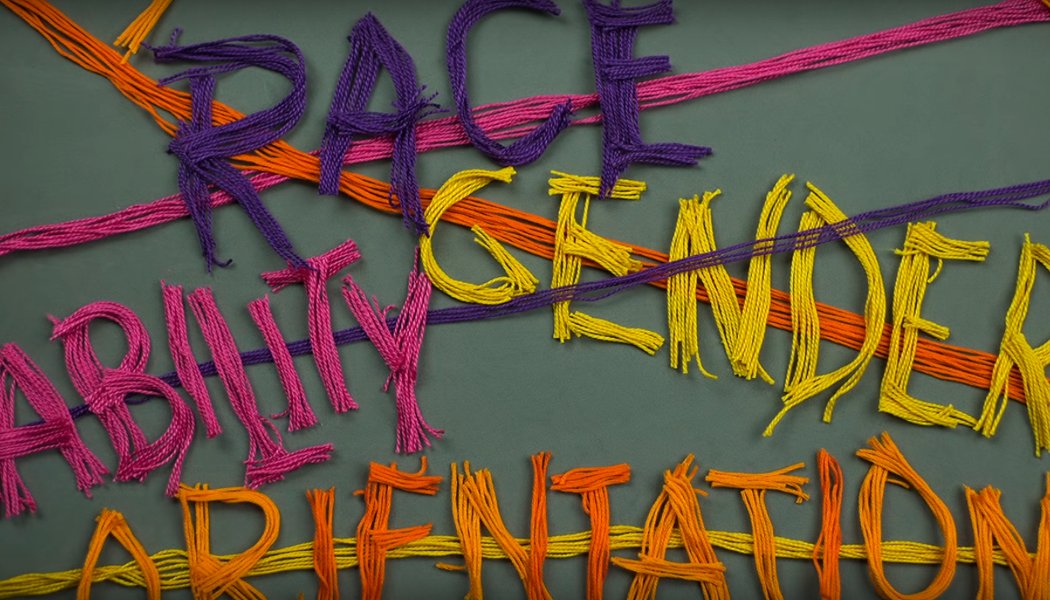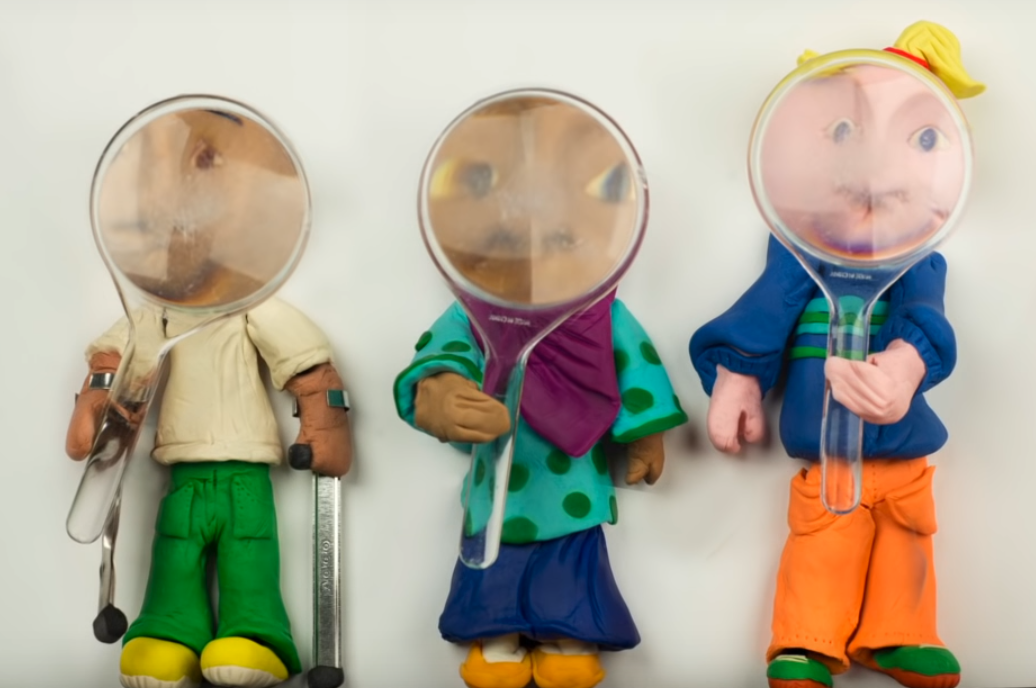Intersectionality and sexuality
How would intersectionality work if we apply it to sexuality?
Sexuality, sexual orientation, gender expression: all these terms already bring us to a complex, fluid relational system. To talk of one’s sexuality is to enter an intersection of self and projected embodied realities.
As activists, feminists, human rights and sexual rights activists we are interested in more than a descriptive inclusive exercise of the complexities of the world. We want change. We aim at a big structural change, which is social justice.
It is this tension between the understanding of sexuality as a right and the achievement of social justice that recognises this right in full that intersectionality displays its capacity to hold the complexity, point at the lack of responses, articulate the demands and formalise them as policy or governance asks.
To use intersectionality using sexuality as an entry point means to address the complexity of our identities, move away from the minorities framework of representation politics, explode and expand the understanding of identities to their structural belonging/referencing to other elements of identities such as class, age, ability, race, caste, not to build a hierarchical system of discrimination but to denounce and make visible how power in its various social dimensions from cultural, to interpersonal, to structural is reflected and results in systematic access to privileges or in systematic discrimination.
Sexuality, as one of humans’ central dimensions, can only benefit from an intersectional lens that, paraphrasing Simla Bilge1, refuses to separate “questions of gender, sexuality and queerness, from any other questions.”
To use a feminist intersectional lens means to acknowledge the complexity in which people, in relation to one another and the system(s), experience the power of social inequality in their specific social context and use this acknowledgment/evidence to achieve social justice.
It means to put at the centre the lived experiences and struggles of people, and to have critical conversations that unpack and address rights violations and discrimination suffered by people because of the way their sexualities and genders are defined by themselves or are given/passed down by society.
Many of us who work on sexuality issues have met lesbian women who come from an upper-class background and who have faced different forms of discrimination but with lesser severity because of their perceived social status.
Some people tend to think that applying an intersectional analysis or lens to the different forms of discrimination and human rights violations faced by a person is to compare or judge the severity of that discrimination and those human rights violations against the discrimination and human rights violations faced by other peoples.
Intersectionality is not meant to dismiss the harm that discrimination and human rights violations cause anyone. It is not meant to say, “Your pain is less than mine” or “Your pain is nothing compared to mine.” It is also not meant to say that your privileges make you less vulnerable to discrimination and human rights violations. We understand and appreciate privilege through experience and observation of lived realities. Hence, why many would consider a white, heterosexual male having more privileges and access to opportunities compared to a Black woman.
Intersectionality is meant to help us remember that all of us suffer disadvantages and enjoy privileges, not only because of the many social elements and characteristics that make up our identity, but also because of the specific systems of power and social context we can benefit from or are discriminated by.
While at any one point in time, we may find ourselves able to leverage the privileges to access justice or seek redress better than another in a given system, in the case of discrimination, it is a completely different scenario. The person(s) suffering the discrimination is/are asked to collect and provide evidence of the discrimination, raise awareness, develop alliances, create and produce language that describes the discrimination and suggest solutions both in terms of practices and policies and in the longer term change cultural norms that reside in the collective unconscious.
Image source: Teaching Tolerance. 2016. Intersectionality 101. Available at https://www.youtube.com/watch?v=w6dnj2IyYjE. Accessed on 21 June 2019.
For example, we understand that rich people can suffer racial discrimination like anyone else if they are part of a discriminated racial minority/community. However, a rich person has a social network that poorer people may not, and could leverage that in order to access justice or to seek redress.
Our intersectional lens tells us that at any one point in time, we may suffer disadvantages in more ways and forms than others because of the multiple structural social elements and characteristics of power that are reflected and enacted through and because of our sexuality.
To exemplify, the capabilities of a Muslim lesbian who is visibly masculine or “tomboyish” may not be as well appreciated compared to a heterosexual woman who is feminine, yet both may suffer gender discrimination in terms of job promotion, training opportunities and salary scale.
Image source: Teaching Tolerance. 2016. Intersectionality 101. Available at https://www.youtube.com/watch?v=w6dnj2IyYjE. Accessed on 21 June 2019.
Intersectionality particularly helps us to build a map of relationships between the elements of our self-defined or socially perceived identity and the structural acceptance and resonance within the system, being it a country, a family, a university, a street.
Intersectionality particularly helps us to link and realise not only why but how someone experiences various degrees of economic, social, political and technological discrimination compared to someone else who might at first sight otherwise appear to share a similar “identity”.
For example, a Chinese woman from a rich family may be forced to marry someone she does not love in order to increase or protect the family’s wealth, whereas a poor Chinese woman may be sold off as someone’s wife or slave in order to pay off the family’s debts. Here, both suffer gender discrimination as women, but the assumption here would be that the rich Chinese woman should be able to get out of her predicament better than the poor woman, and yet this is not necessarily so.
Having an intersectional lens will force us to look at both the social contexts and the power of these two women much more closely and to understand the reasons for their discrimination and human rights violations.
It is important that we use our intersectional analysis not to place blame or guilt on each other to the point that conversations become defensive or impossible, but to make visible both individual privileges and discrimination as well as systems of privilege and discrimination.
One of the practices that intersectionality brings is about interaction, about using a both/and framing instead of either/or. It is not about establishing if sexuality or gender matters more than caste or race, it is about looking at their relationship, at where they intersect, augment and reinforce discrimination and/or privilege. Exploring, questioning and making visible the simultaneous, dynamic intersection of one’s positionality works for social, cultural and economic context, as well as for understanding power.
- Privileges and how those privileges can be used to help bring about a more socially, politically, economically and technologically just society.
- Disadvantages and how those disadvantages are reinforced both structurally and systemically.
1 Developing Intersectional Solidarities: A Plea for Queer Intersectionality, Sirma Bilge, in Beyond the Queer Alphabet: Conversations on Gender, Sexuality & Intersectionality, edited by Malinda S. Smith and Fatima Jaffer.



No Comments